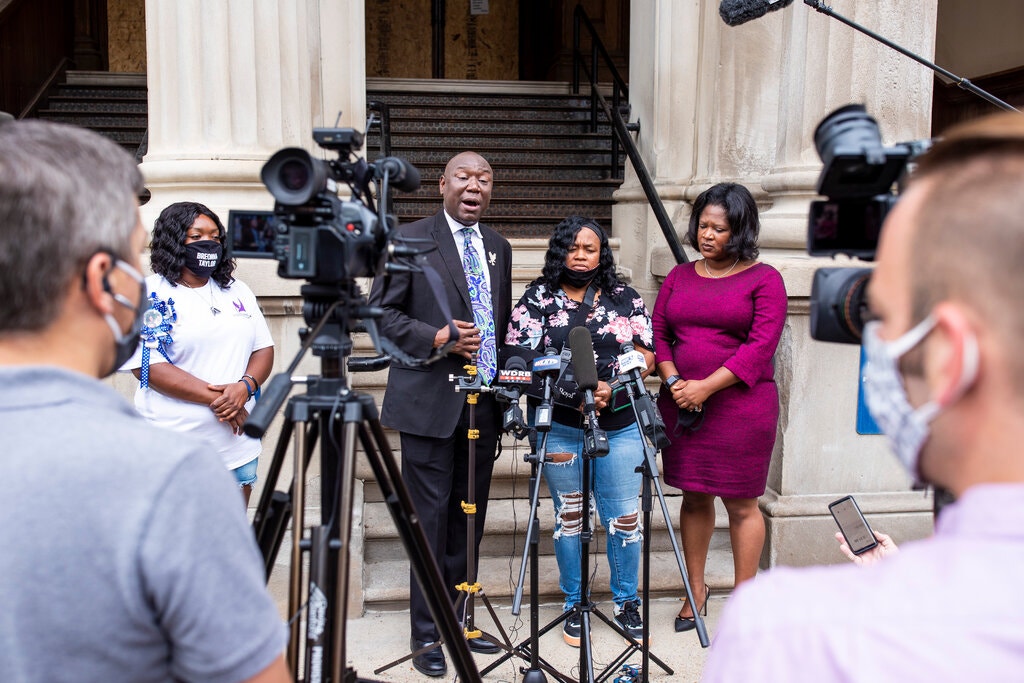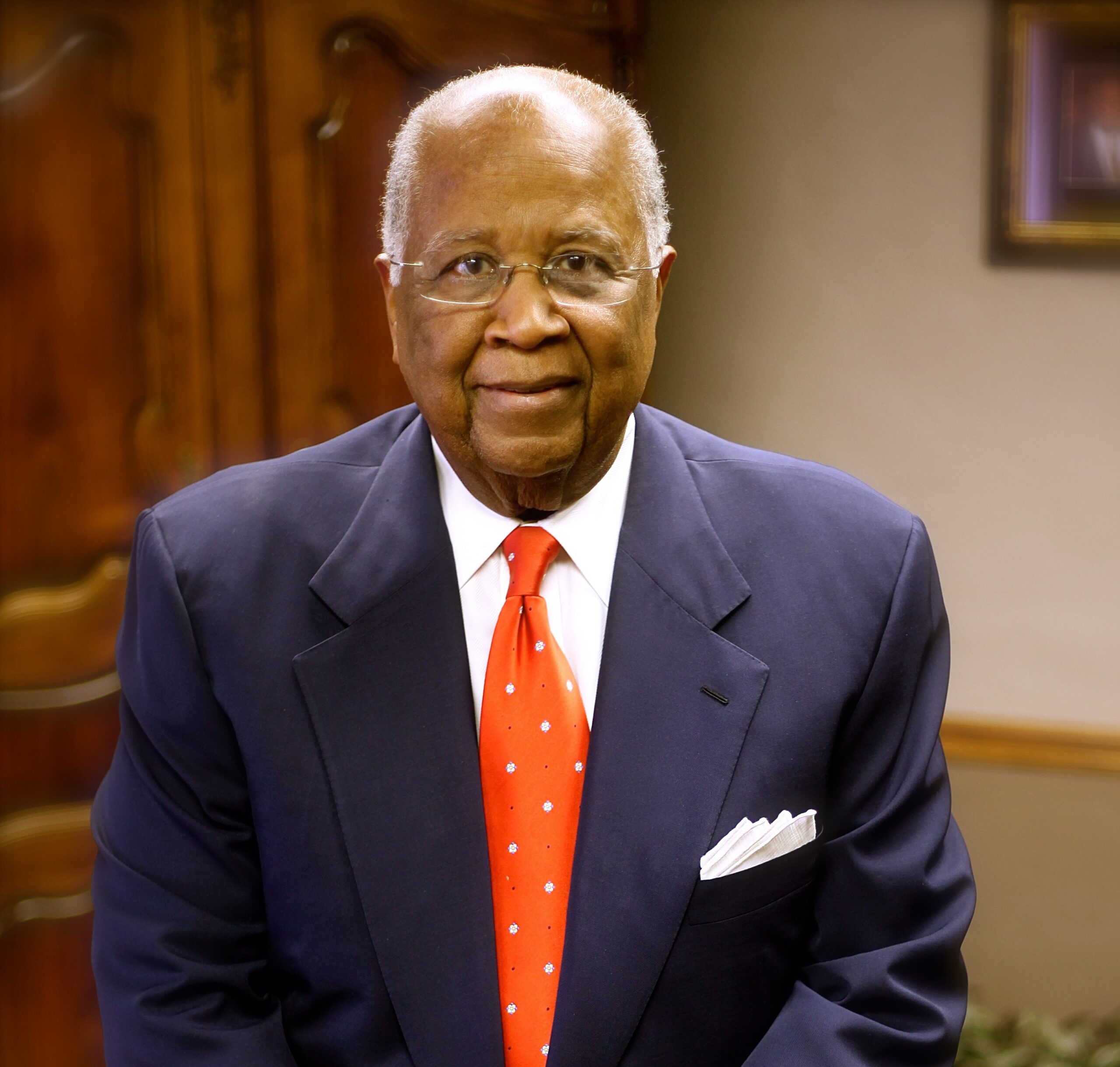
After months of protests that turned Breonna Taylor’s name into a national slogan against police violence, city officials agreed to pay her family $12 million and institute reforms aimed at preventing future deaths by officers.
The settlement in a wrongful-death lawsuit brought by the mother of Ms. Taylor, a young Black woman who was killed by white police officers in a botched raid last March, was expected to be announced Tuesday by her legal team and city officials.
The agreement they reached was relatively quick compared to other cases of police shootings, which have often dragged through court, taking years. It was sizable, with her family receiving more than double the amount paid to the relatives of Eric Garner, the New York man who died in a police chokehold in 2014. Most of all, it was unusual because of the range of reforms — a dozen in all — that the embattled city agreed to adopt in an effort to quell the protests here, which have left the downtown boarded up.
The policing changes would require more oversight by top commanders, and make mandatory safeguards that were common practice in the department but, for reasons that are unclear, were not followed the night of the March 13 raid.
“Based on at least 20 years of tracking these types of cases, I’ve never seen something life this,” said Christopher 2x, a community organizer who was the first person Ms. Taylor’s family turned to after her death. “The bottom line is the monetary amount, combined with the reforms, is unprecedented for us. In the past, it was monetary or nothing, and usually the city would fight you for years.”
Ms. Taylor, a 26-year-old emergency room technician, died after her boyfriend mistook police officers for an intruder, as they rammed in the door of her apartment after midnight to execute a search warrant. He fired his handgun, striking an officer, setting off a response in which a torrent of bullets sliced through Ms. Taylor’s apartment and two adjoining ones, leaving her bleeding in her hallway.
There was no effort to render her aid, as the officers outside scrambled to get an ambulance for the wounded officer.
The protests began locally and have grown in volume and intensity. They have ravaged the downtown of Kentucky’s largest city, where businesses and government offices are boarded up. And the young woman’s death has burrowed deep into the national conversation: Both the former first lady Michelle Obama and the vice-presidential nominee Kamala Harris called out her name at the Democratic National Convention last month, Oprah Winfrey bought dozens of billboards demanding justice for the young woman and W.N.B.A. players have placed her name onto their jerseys.
The top demand of the protesters who gather nightly in a downtown square has been that criminal charges be brought against the three white officers who shot into Ms. Taylor’s home. But because the officers were fired upon first, legal experts say their actions may be protected under Kentucky’s statute allowing the police to use lethal force in self-defense. For that reason, they say it is unlikely that a criminal inquiry underway by the state’s attorney general will result in charges against at least two of the officers, who were standing directly in front of Ms. Taylor’s boyfriend, Kenneth Walker, when he opened fire first.
The same legal experts believe that only a charge of wanton endangerment could be brought against a third officer, whom the police department fired, citing reckless conduct. He left the formation at the door, ran into the parking lot and began blindly firing into the young woman’s window and patio door.
The results of the attorney general’s investigation are expected to be released soon. If no charges are brought, or if the charges are minor, the settlement announced this week may be the closest Ms. Taylor’s family comes to justice.
“This is a good first step,” said Sam Aguiar, one of the family’s lawyers. “The city obviously doesn’t have the power to bring charges which still rests in the hands of the attorney general. But what the city can do is change its police practices, and it can acknowledge through a settlement that a lot of things went wrong that night.”
He described the settlement as the largest in Louisville’s history for a police shooting. “It’s a marathon and this is the first mile,” he said.
Across the country, the largest publicly disclosed settlements in cases involving police killings have included a $38 million award to the family of a 23-year-old Maryland hairstylist, Korryn Gaines, who was killed inside her apartment during a standoff with the police, and $20 million to the family of a 40-year-old yoga instructor who was killed by an officer, when she approached his car in Minneapolis. A handful of other settlements have ranged from a high of $18 million to $13 million, but many families were forced to spend years litigating their loss in court.
The dozen reforms that were also part of the settlement come on the heels of substantive changes that have already been passed.
Months before the agreement was reached, the city passed “Breonna’s Law,” which banned the use of “no knock” search warrants which have been blamed for numerous fatalities across the country. That was the type of warrant issued for the search of Ms. Taylor’s apartment, allowing the police to punch in the door of her home without warning. It was one of five such warrants signed by a local judge that were carried out the same night, targeting a criminal drug syndicate operated by Ms. Taylor’s ex-boyfriend, a convicted drug dealer who had repeatedly been seen at her apartment in the months before the raid.
Breonna Taylor’s Life Was Changing. Then the Police Came to Her Door.
What the police had missed in their sloppy surveillance is that Ms. Taylor had broken up with her ex several weeks before the raid. The officers heading to her apartment that night were told in a pre-operational briefing that she was home alone, when she instead returned from a date night with her boyfriend, Mr. Walker, a licensed gun owner. And hours before the officers rammed in her door, the no-knock warrant was changed to a knock-and-announce, requiring the officers to knock and identify themselves as police, something that did not appear to have been done loudly enough, setting in motion the confusion that followed.
Mr. Walker later told police investigators that he reached for his gun, believing that Ms. Taylor’s ex was about to bust into their home.
Among the reforms are a requirement that commanding officers review and give written approval of all search warrants, a change that was instituted recently in Lexington, the second largest town in Kentucky, and which has led to a dramatic drop in the riskiest raids, said Peter B. Kraska, a professor at Eastern Kentucky University who is an expert on police reform.
The department has also agreed to overhaul how simultaneous search warrants are conducted, likely a result of the manner in which the five warrants were obtained for Ms. Taylor’s residence and four others used as “trap houses” by her ex-boyfriend.
An early warning system will be adopted to flag officers with disciplinary problems, a measure that seems aimed at Detective Brett Hankison, one of the three officers involved in the shooting, and the only one to be fired. Detective Hankison had received multiple complaints of excessive use of force as well as sexual misconduct, according to portions of his personnel file obtained by The Times.
And to promote better relations between the department and the community, officers will be encouraged to perform two hours of paid community service each week and will receive housing credits to encourage them to live in the neighborhoods they police, according to a summary provided by Mr. Aguiar.
Many of the changes appear aimed at addressing the specific lapses that led to Ms. Taylor’s death: It will now be mandatory for ambulances to be idling nearby when the police conduct a search. Although it was common practice to do so, an ambulance was initially sent to Ms. Taylor’s residence before the raid, only to be canceled and sent elsewhere in the hour before police officers beat down her door. The lawsuit filed on behalf of her family claimed she was alive and bleeding for up to six minutes after the shooting, but received no medical care, in part because no ambulance was nearby.
But one of the enduring problems of police reform is that — to date — police departments around the country have not been able to create a mechanism for enforcing changes. “It absolutely will make no difference if there is not a lot of follow-up and accountability,” Mr. Kraska said.
In a documentary by The New York Times, we investigate the details around Ms. Taylor’s life and the drug raid that ended in her death.
For updates on this article go to: www.nytimes.com










